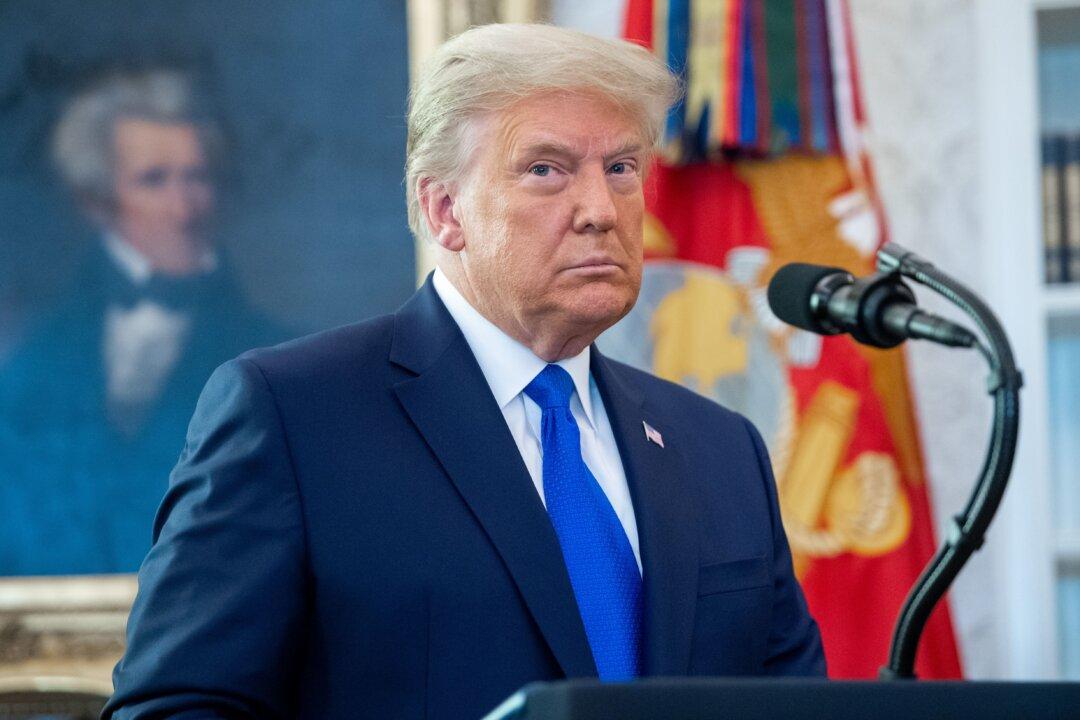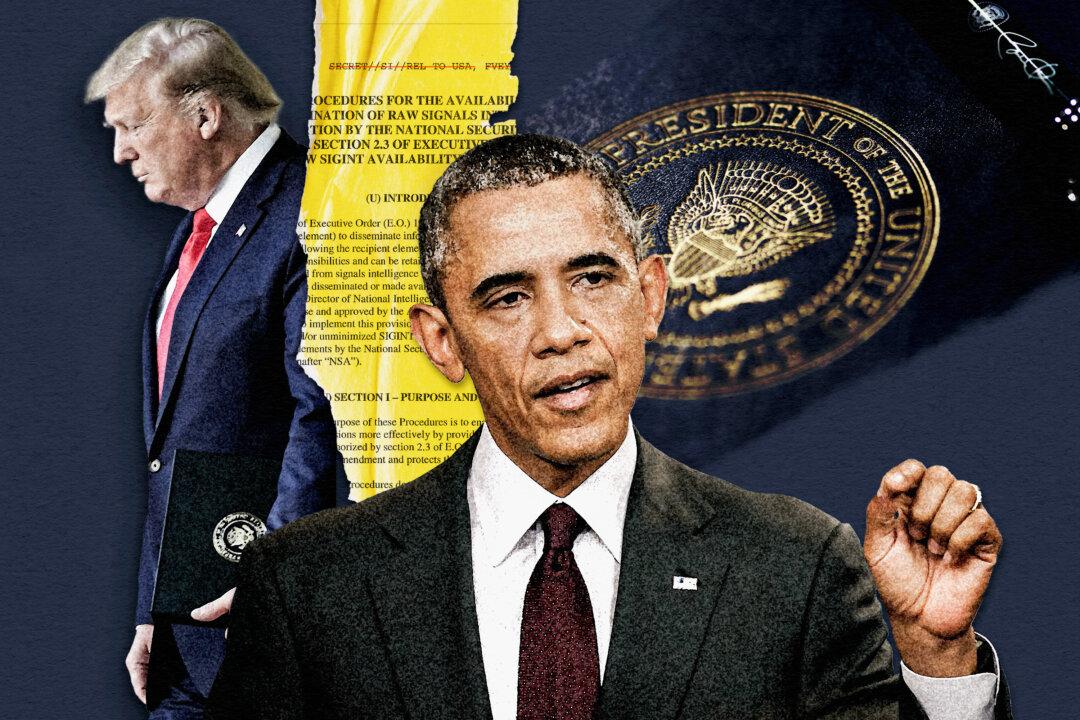In the days following the firing of FBI Director James Comey by President Donald Trump, the FBI, under Acting FBI Director Andrew McCabe, sought to re-engage with former MI6 spy and author of the Steele dossier, Christopher Steele.
The FBI’s attempts to re-engage Steele, who had been fired by the FBI six months earlier for breaking protocol by talking to reporters, were soon thwarted by the appointment of special counsel Robert Mueller.





